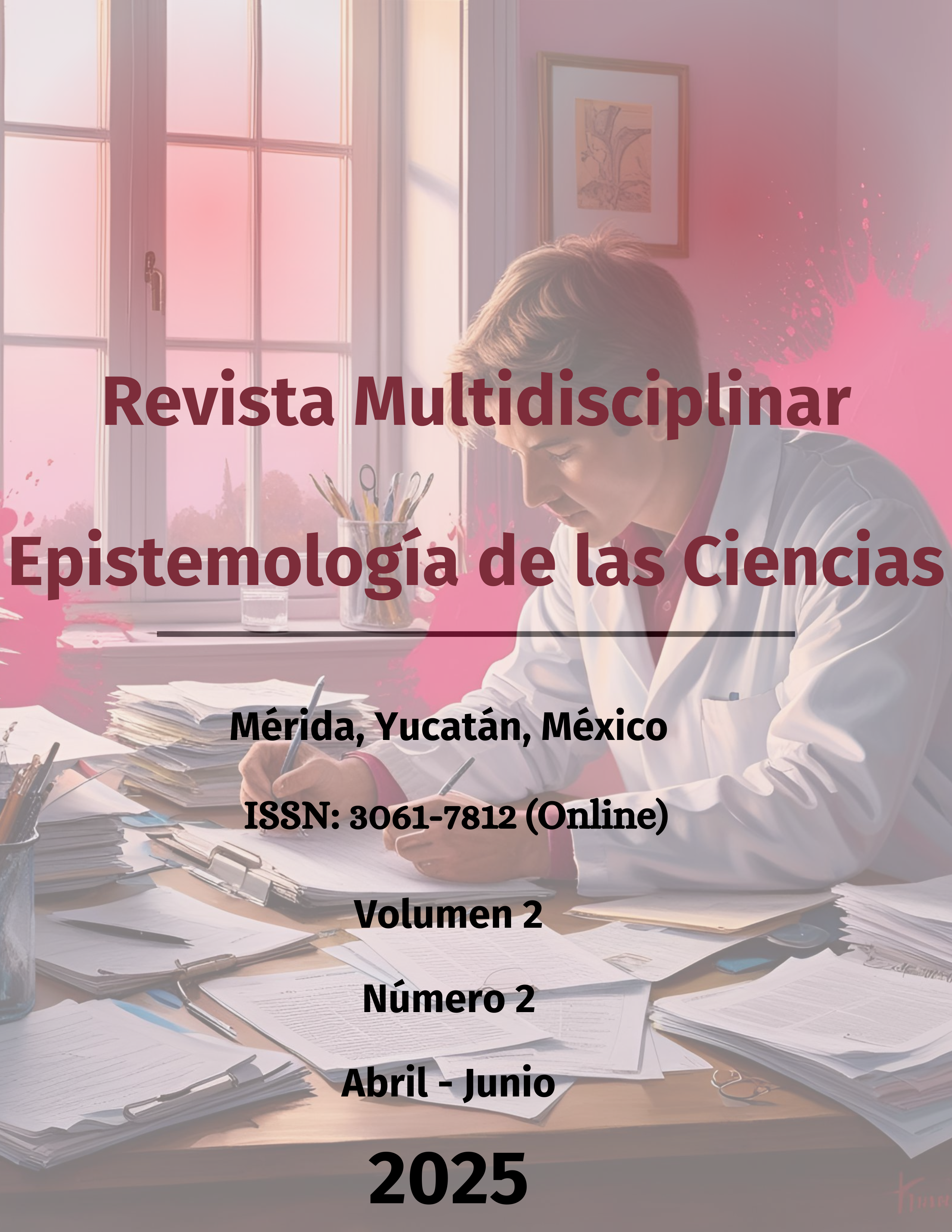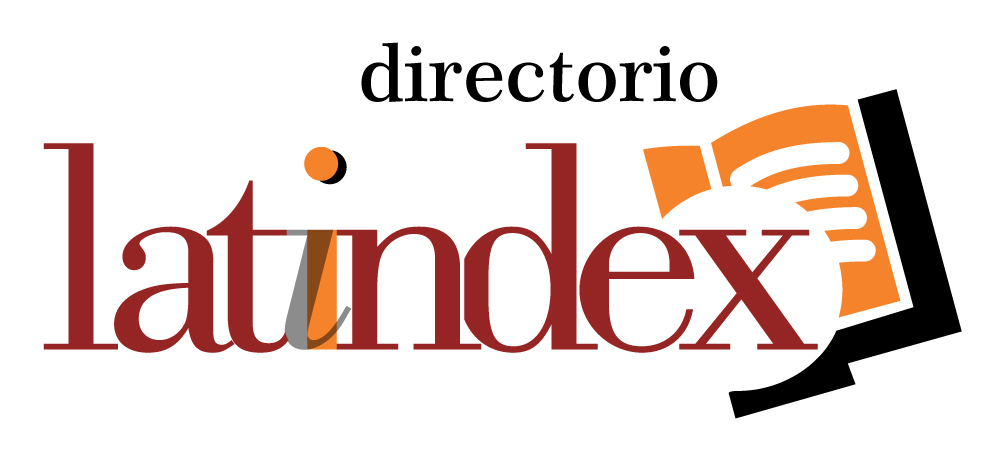An analysis of the challenges posed by gentrification and its impact on the historical heritage of Pasto City
DOI:
https://doi.org/10.71112/ahef7c89Keywords:
gentrification, historical heritage, urban transformation, cultural identity, population displacementAbstract
This research analyzes the impact of gentrification on the historical heritage of San Juan de Pasto, Colombia. The historic center has experienced significant urban and cultural transformations due to infrastructure projects like the Carrera 27 corridor, leading to displacement and loss of identity. The study uses interviews and field observations to assess how economic growth and urban expansion have affected local communities and architectural heritage. It highlights the need for inclusive urban planning that balances development with cultural preservation and social well-being, ensuring sustainable and equitable city growth while safeguarding Pasto’s historical legacy.
Downloads
References
Albet, A., & Melià, P. (2010). La rehabilitación urbana como motor de la gentrificación. Documentos d’Anàlisi Geogràfica, 56(2), 259–272. https://doi.org/10.5565/rev/dag.2010.353
Balduino, R., & Duarte, F. (2013). Gentrificación y movilidad residencial en ciudades latinoamericanas. Revista Latinoamericana de Estudios Urbanos y del Hábitat, 54(1), 48–60.
Becerra, O., & Escallón, M. (2007). Gentrificación y política urbana en Bogotá. Revista de Estudios Urbanos y del Hábitat, 48(2), 15–32.
Borja, J., & Muxí, Z. (2008). La ciudad y sus ciudadelas: Urbanismo y control social. Alianza Editorial.
Capel, H. (1975). La definición de lo urbano. Scripta Vetera.
Carrión, F. (2000). Lugares o flujos centrales: Los centros históricos urbanos (p. 15). División de Medio Ambiente y Asentamientos Humanos.
Castells, M. (1997). The power of identity (Vol. 2, p. 56). Blackwell Publishers.
Checa, M. (2011). Gentrificación y cultura: Algunas reflexiones. Revista Bibliográfica de Geografía y Ciencias Sociales, 16(915), 1–7.
Delgadillo, R. (2015). Desafíos para el estudio de desplazamientos sociales en los procesos de gentrificación (p. 34). Universidad Autónoma de México.
Davis, M. (1990). City of quartz: Excavating the future in Los Angeles. Vintage Books.
Fernández, M., & Martínez, A. (2010). Gentrificación y transformación urbana en América Latina. Revista EURE, 36(109), 45–60.
Florida, R. (2002). The rise of the creative class (p. 68). Basic Books.
García, H., & Pérez, J. (2011). Transformaciones espaciales y dinámicas de poder en ciudades intermedias. Cuadernos de Geografía, 90(2), 123–140.
Hackworth, J., & Smith, N. (2001). The changing state of gentrification. Tijdschrift voor Economische en Sociale Geografie, 92(4), 464–477. https://doi.org/10.1111/1467-9663.00162 DOI: https://doi.org/10.1111/1467-9663.00172
Harvey, D. (2001). Spaces of capital: Towards a critical geography. Routledge.
Harvey, D. (2008). The right to the city. New Left Review, 53, 23–40. DOI: https://doi.org/10.1080/17415349.2008.11013714
IGAC - Instituto Geográfico Agustín Codazzi. (2009). Caracterización geográfica de la ciudad de Pasto 1970 a 2008. https://www.redalyc.org/pdf/1251/125117408006.pdf
INVI. (2008). Dinámicas del espacio público y transformaciones urbanas. Revista INVI, 23(63), 15–35. https://doi.org/10.4067/S0718-83582008000100002
Lees, L. (2019). Gentrification and social mixing: Towards an inclusive urban renaissance? Urban Studies, 56(16), 3395–3410. https://doi.org/10.1177/0042098019853958
Lees, L., Shin, H. B., & López-Morales, E. (2016). Planetary gentrification. Polity Press. DOI: https://doi.org/10.1332/policypress/9781447313472.001.0001
Lefebvre, H. (2014). El derecho a la ciudad (M. Braceli, Trad.). Siglo XXI Editores. (Obra original publicada en 1968)
Lynch, K. (1960). The image of the city. MIT Press.
Marcuse, P. (1985). Gentrification, abandonment, and displacement: Connections, causes, and policy responses in New York City. Journal of Architecture and Planning, 12(2), 195–227.
Moreno, C., & Pardo, M. (2014). Impacto socioeconómico de la gentrificación en zonas patrimoniales de Colombia. Revista de Estudios Sociales, 49, 112–125. https://doi.org/10.7440/res49.2014.09 DOI: https://doi.org/10.7440/res49.2014.09
Plaza, D. (2009). El centro histórico: Espacio de memoria y conflicto. Revista de Urbanismo, 21, 78–92.
Portes, A., & Sensenbrenner, J. (1993). Embeddedness and immigration: Notes on the social determinants of economic action. American Journal of Sociology, 98(6), 1360–1394. https://doi.org/10.1086/230190 DOI: https://doi.org/10.1086/230191
Restrepo, E. (2005). Patrimonio cultural y desarrollo local: El caso de San Juan de Pasto (p. 43) [Tesis de Maestría, Universidad Nacional de Colombia].
Rojas, L. F. (2012). Conservación del patrimonio y desarrollo urbano sostenible. Revista Hábitat Sustentable, 2(1), 34–45.
Tamayo, V. (2012). La población como objeto investigativo. https://explorable.com/es/poblacion-de-la-investigacion
UN-Habitat. (2016). Urban transformations: Equitable, sustainable and resilient cities. United Nations Human Settlements Programme.
Urry, J. (2000). Sociology and space: Ecological modernization theory and beyond. Sociology, 34(1), 1–17. https://doi.org/10.1177/S0038038500000024
Zárate, A., & Sánchez, M. (2020). Gentrificación y resistencias urbanas: Perspectivas desde América Latina. Universidad Nacional Autónoma de México (UNAM) – Instituto de Investigaciones Sociales.
Downloads
Published
Issue
Section
License
Copyright (c) 2025 Multidisciplinary Journal Epistemology of the Sciences

This work is licensed under a Creative Commons Attribution 4.0 International License.











